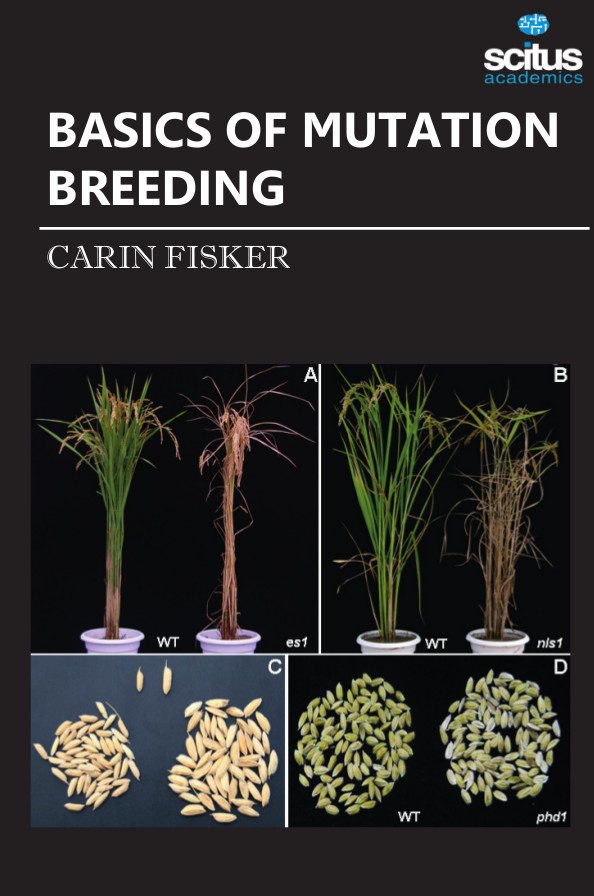Plant breeding is estimated to have begun 9,000 – 11,000 years ago and mutation breeding is simply a new device in the breeder’s toolkit. Mutation breeding has been used since the 1930s. Mutation breeding, sometimes referred to as “variation breeding”, is the process of exposing seeds to chemicals or radiation in order to generate mutants with desirable traits to be bred with other cultivars. Plants created using mutagenesis are sometimes called mutagenic plants or mutagenic seeds. Normal breeding involves cross breeding, from the parents, through a multi-generational process that may take four to five years to eliminate an unwanted genome and develop the sought-after traits before trial crops are tested, adding more time. Mutation breeding is based on selfing mutants until the induced character has a stable expression in the advanced mutant generations. Mutation breeding has many comparative advantages. It is cost effective, quick, proven and robust. In addition, mutation breeding is transferrable, ubiquitously applicable, non-hazardous and environmentally friendly. There are different kinds of mutagenic breeding such as using chemical mutagens like EMS and DMS, radiation and transposons are used to generate mutants. Mutation breeding is commonly used to produce traits in crops such as larger seeds, new colors, or sweeter fruits that either cannot be found in nature or have been lost during evolution. The book Basics of Mutation Breeding covers information on various types of mutagens and their effects, procedures for using mutagens for crop improvement, types of mutations (micro and macro) with statistical techniques to handle the mutation population. The book will be useful for both undergraduate and post graduate students of agriculture.













